Have you ever wondered why the cost of power equipment changes so often? The price of distribution transformers can be a mystery to many.
Distribution transformer prices are influenced by various factors including raw material costs, technological advancements, global supply chain dynamics, regulatory policies, and market demand. Understanding these factors is crucial for predicting and navigating price fluctuations in the transformer market.
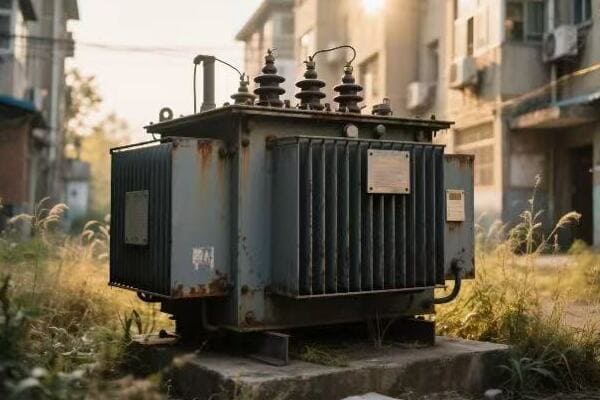
I've been in the transformer industry for years. I've seen prices rise and fall for many reasons. Let's explore the key factors that affect transformer prices and how they impact the market.
Raw Material Dynamics: Impact on Distribution Transformer Pricing Trends?
The cost of materials keeps changing. How does this affect the price of transformers we buy?
Raw material dynamics significantly impact distribution transformer pricing trends. Fluctuations in the costs of copper, steel, and oil directly influence transformer prices, as these materials are essential components in transformer manufacturing.
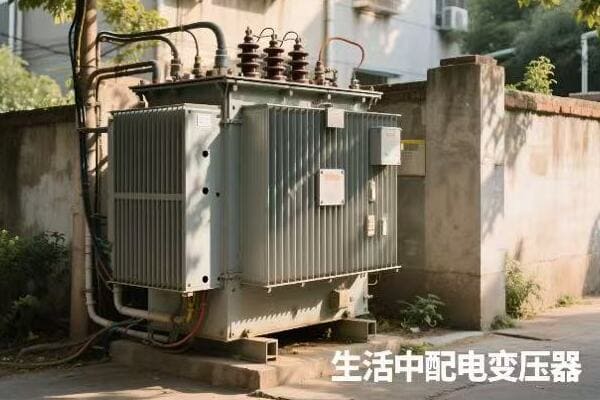
In my experience, raw material costs can make or break a transformer's price. Here's how different materials affect pricing:
Copper Pricing
Copper is crucial for transformer windings:
- Price Volatility: Copper prices can change rapidly due to global demand.
- Recycling Impact: Increased copper recycling can help stabilize prices.
- Substitution Efforts: Some manufacturers try to use aluminum to reduce costs.
I once saw a 15% jump in transformer prices when copper hit a 10-year high. It forced many projects to reconsider their budgets.
Steel Costs
Transformer cores rely heavily on specialized steel:
| Steel Type | Price Impact |
|---|---|
| Grain-Oriented | High impact on efficiency and cost |
| Amorphous | More expensive but offers better efficiency |
| Cold-Rolled | Used in budget models, price fluctuates with general steel market |
During a steel shortage, I worked with a manufacturer who switched to amorphous cores. The initial cost was higher, but long-term efficiency gains offset the price increase.
Insulating Oil Prices
Oil is essential for cooling and insulation:
- Mineral Oil: Price tied to petroleum markets.
- Synthetic Esters: More stable pricing but generally more expensive.
- Natural Esters: Pricing can be affected by crop yields.
When oil prices spiked, many of my clients switched to natural ester fluids. It was a bit more expensive upfront but provided more price stability over time.
Other Raw Materials
Several other materials also affect pricing:
- Insulation Paper: Made from wood pulp, affected by paper industry trends.
- Resin: Used in dry-type transformers, price linked to chemical industry.
- Aluminum: Sometimes used as a copper alternative, has its own price fluctuations.
I've seen transformer designs change to accommodate different material mixes as prices shift. It's a constant balancing act between cost and performance.
Technological Advancements: Reshaping the Cost Structure of Modern Transformers?
New tech keeps changing transformers. But does it make them cheaper or more expensive?
Technological advancements are reshaping the cost structure of modern transformers in complex ways. While some innovations increase upfront costs, they often lead to long-term savings through improved efficiency, reduced maintenance, and extended lifespan.
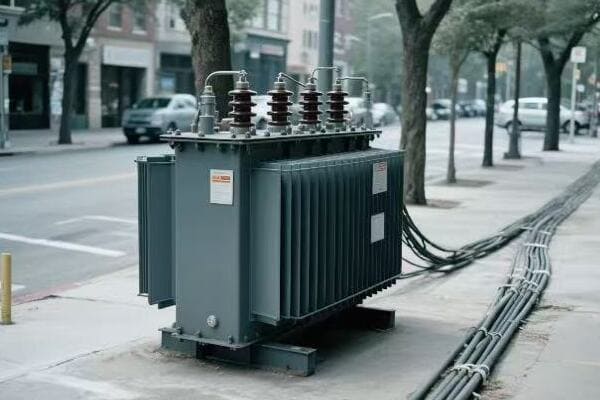
I've watched transformer technology evolve rapidly. Here's how new tech is affecting prices:
Smart Transformer Features
Modern transformers are getting smarter:
- Monitoring Systems: Add upfront cost but reduce maintenance expenses.
- Self-Diagnostic Tools: Increase initial price but prevent costly failures.
- Remote Control Capabilities: More expensive but improve operational efficiency.
I installed smart transformers in a city grid. They cost 20% more initially, but reduced outages by 50%, saving money in the long run.
Efficiency Improvements
New designs focus on reducing energy losses:
| Technology | Cost Impact | Efficiency Gain |
|---|---|---|
| Amorphous Cores | Higher upfront cost | 70% less core loss |
| Advanced Winding | Moderate increase | 20-30% less copper loss |
| Ester Fluids | More expensive | Better cooling, longer life |
A client of mine switched to high-efficiency transformers. The price was 30% higher, but energy savings paid back the difference in just three years.
Manufacturing Innovations
New production methods affect pricing:
- 3D Printing: Can reduce costs for complex parts.
- Automated Winding: Increases precision but requires expensive machinery.
- Laser Cutting: Improves accuracy but adds to production costs.
I visited a factory that invested in automated winding machines. Their transformer prices went up slightly, but defect rates dropped to near zero, improving overall value.
Material Science Advancements
New materials offer performance benefits but often at a price:
- Nanocomposites: Improve insulation but are still expensive.
- High-Temperature Superconductors: Promise huge efficiency gains but at high cost.
- Biodegradable Insulators: More expensive but offer environmental benefits.
I worked on a project using experimental nanocomposite insulation. The transformers were pricey, but they could handle 20% more load in the same size unit.
The world is connected, but supply chains can be fragile. How does this affect transformer prices?
Global supply chain shifts significantly impact price volatility in transformer markets. Events like trade disputes, natural disasters, or pandemics can disrupt material supplies and manufacturing processes, leading to rapid price fluctuations and availability issues.
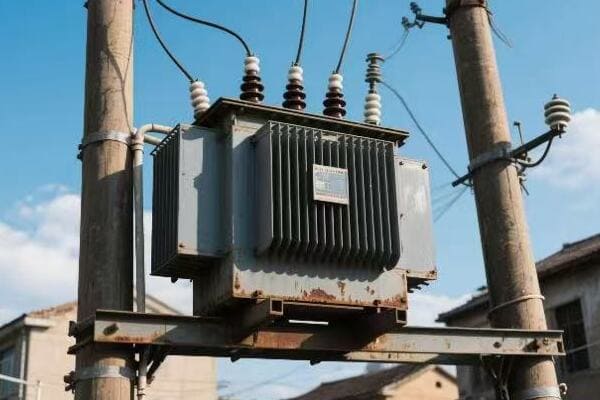
I've dealt with supply chain issues throughout my career. Here's what I've learned about their impact on pricing:
Manufacturing Location Shifts
Where transformers are made matters:
- Labor Cost Differences: Manufacturing moving to lower-wage countries can reduce prices.
- Shipping Costs: Longer transport distances can increase prices.
- Quality Control: Variations can affect long-term costs and pricing.
I saw transformer prices drop when a major manufacturer moved production to Southeast Asia. But shipping delays sometimes offset the savings.
Trade Policies and Tariffs
Government decisions can quickly change prices:
| Policy Type | Price Impact |
|---|---|
| Import Tariffs | Can sharply increase prices of foreign-made transformers |
| Export Restrictions | May limit supply and drive up prices |
| Free Trade Agreements | Can lower prices by reducing trade barriers |
When new tariffs were imposed on steel imports, I watched transformer prices jump 10% almost overnight. It took months for the market to adjust.
Currency Exchange Rates
International trade means currency values matter:
- Strong Dollar: Makes U.S.-made transformers more expensive globally.
- Weak Yuan: Can make Chinese transformers more competitive.
- Euro Fluctuations: Affect pricing of European high-end transformers.
I once locked in a good price on European transformers, only to see the Euro strengthen before delivery. It taught me to always consider currency risks in international deals.
Natural Disasters and Pandemics
Unexpected events can disrupt the entire supply chain:
- Factory Shutdowns: Reduce supply and drive up prices.
- Transportation Disruptions: Increase lead times and shipping costs.
- Demand Shocks: Sudden changes in need can cause price swings.
During the COVID-19 pandemic, I saw transformer lead times triple and prices become extremely volatile. It highlighted the need for diverse supply chains.
Regulatory Influences: How Energy Policies Shape Transformer Pricing Strategies?
Governments make rules about energy. How do these rules change transformer prices?
Energy policies significantly shape transformer pricing strategies. Regulations on efficiency standards, environmental impact, and grid modernization drive manufacturers to develop new products, often leading to changes in production costs and market prices.
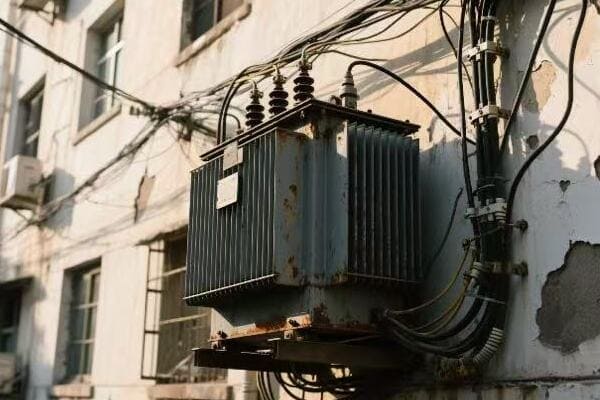
I've watched energy policies reshape the transformer market many times. Here's how regulations affect pricing:
Efficiency Standards
Governments often mandate higher efficiency:
- Minimum Efficiency Performance Standards (MEPS): Force upgrades, often increasing prices.
- Energy Star Ratings: Create market pressure for more efficient, often pricier models.
- Tiered Efficiency Targets: Can segment the market, affecting prices at different levels.
When new MEPS were introduced in my region, I saw low-end transformer prices jump 25%. But the long-term energy savings made them a good investment.
Environmental Regulations
Green policies impact transformer design and cost:
| Regulation Type | Price Impact |
|---|---|
| Oil Spill Prevention | Increases cost of containment systems |
| Noise Reduction | Adds to design and material costs |
| Biodegradable Materials | Often more expensive than traditional options |
A client needed transformers for a environmentally sensitive area. The units cost 40% more due to strict environmental features, but they were the only option allowed.
Smart Grid Initiatives
Modernizing the grid affects transformer requirements:
- Communication Capabilities: Add cost for smart features.
- Power Quality Standards: May require more advanced, expensive designs.
- Interoperability Requirements: Can increase development and testing costs.
I worked on a smart grid project where transformer costs were 50% higher than standard units. But the improved grid management justified the investment.
Safety Regulations
Stricter safety rules can drive up costs:
- Fire Resistance: May require more expensive materials.
- Seismic Standards: Add to structural costs in earthquake-prone areas.
- Cybersecurity Requirements: Increase costs for smart transformers.
After a series of transformer fires, new safety regulations were introduced. Prices for urban transformers increased by 15%, but insurance costs went down.
Demand Fluctuations: Understanding Market-Driven Price Changes in Distribution Transformers?
Sometimes transformer prices change because of how many people want to buy them. Why does this happen?
Demand fluctuations significantly influence market-driven price changes in distribution transformers. Factors such as economic growth, urbanization, grid expansion projects, and renewable energy integration can all cause shifts in demand, leading to price adjustments in the transformer market.
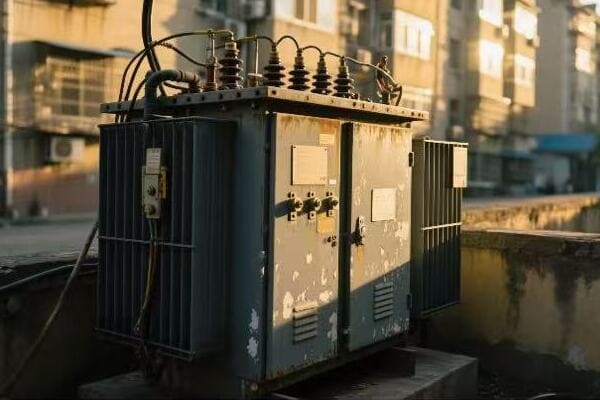
I've seen demand for transformers rise and fall over the years. Here's what drives these changes and how they affect prices:
Economic Growth and Infrastructure Development
A growing economy often needs more power:
- Industrial Expansion: Increases demand for large transformers.
- Residential Construction: Boosts need for smaller distribution units.
- Commercial Development: Requires a mix of transformer types.
During a construction boom in my area, transformer demand spiked. Prices rose 20% and lead times doubled as manufacturers struggled to keep up.
Grid Modernization Projects
Updating old power systems drives transformer sales:
| Project Type | Impact on Demand |
|---|---|
| Rural Electrification | High demand for small, rugged units |
| Urban Grid Upgrades | Need for high-capacity, smart transformers |
| Reliability Improvements | Increased demand for advanced protection features |
I worked on a major grid modernization project. We needed so many new transformers that we had to source from multiple manufacturers to meet deadlines.
Renewable Energy Integration
The shift to green power changes transformer needs:
- Solar Farms: Require special transformers to handle variable inputs.
- Wind Energy: Needs transformers that can operate in harsh conditions.
- Energy Storage: Drives demand for bi-directional power flow capabilities.
When a large solar project was announced near me, local transformer prices spiked. Manufacturers rushed to develop new models suited for solar integration.
Replacement and Maintenance Cycles
Old transformers need to be replaced:
- End-of-Life Replacements: Create steady baseline demand.
- Efficiency Upgrade Programs: Can cause demand spikes.
- Disaster Recovery: Sudden need after natural disasters can drive up prices.
After a major storm damaged many transformers, I saw prices jump 30% due to urgent replacement needs. It took months for the market to stabilize.
Technological Shifts
New tech can change what kind of transformers are in demand:
- Electric Vehicle Charging: Increases need for certain transformer types.
- Data Centers: Require highly reliable, often customized units.
- 5G Network Rollout: Needs many small, high-efficiency transformers.
When EV charging stations started popping up everywhere, demand for suitable transformers soared. Prices for these specialized units increased by 25% in just one year.
Conclusion
Distribution transformer prices are influenced by raw materials, technology, global supply chains, regulations, and market demand. Understanding these factors helps predict and navigate price fluctuations in the transformer market.


